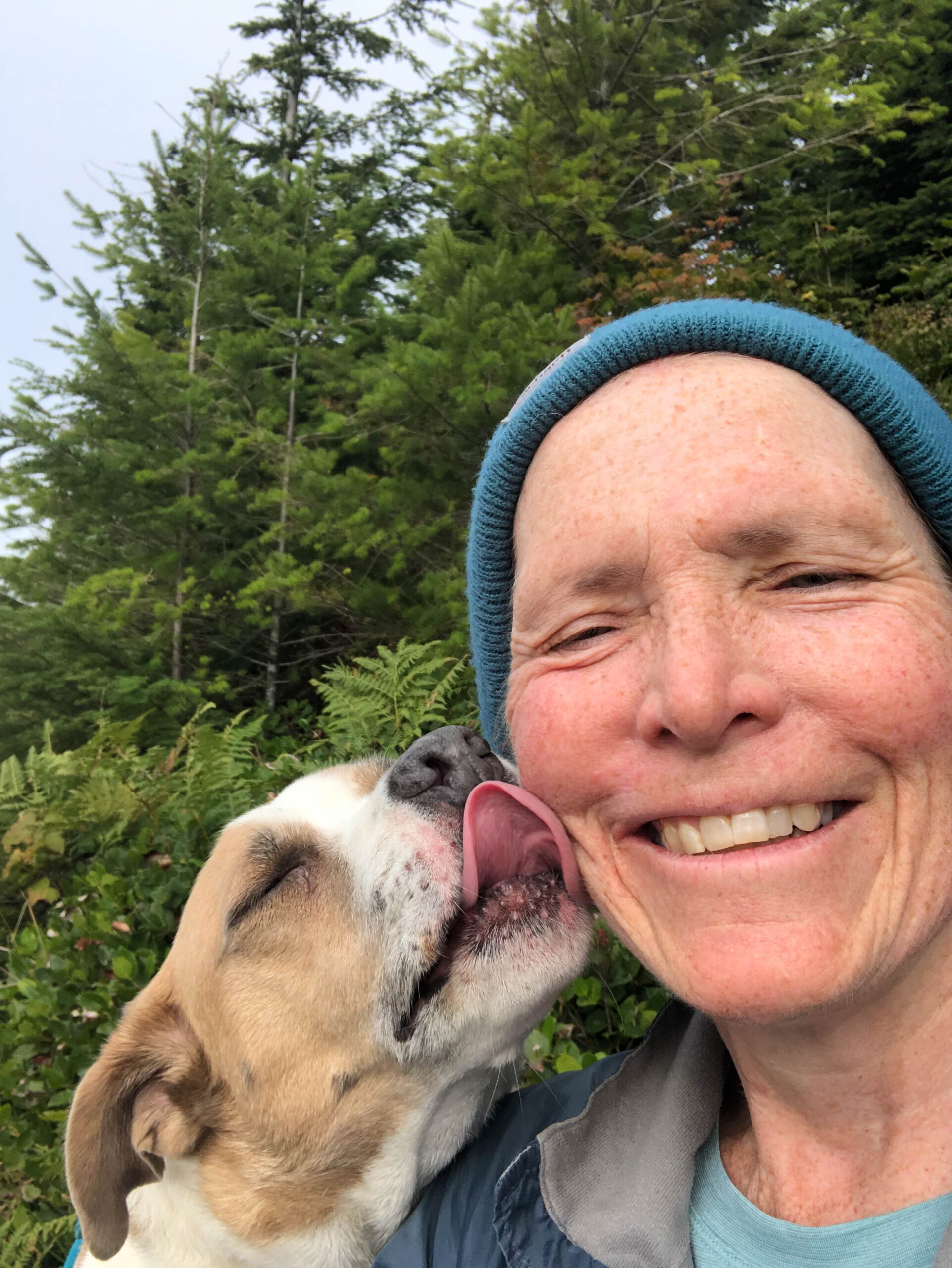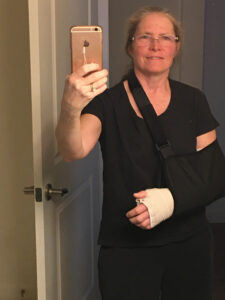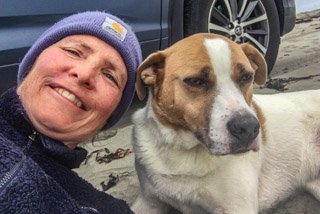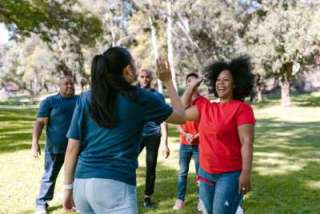Massive Leverage
Massive Leverage
How to Get Massive Leverage On Yourself To Change
Are you sick of saying you’re going to change but never doing it? Are you really sure you’re ready? Then learn how to get massive leverage on yourself, once and for all, so that the change sticks.
Think of change as a series of stepping stones. You cannot cross any river (metaphorical or actual) without taking the first step. What is the first step you need to take to get massive leverage on yourself?
Are You Ready to Change?
In order to change a bad habit for good, you need to meet the following criteria:
- Be RAW — Ready, Able, and Willing — to change
- Know exactly what behavior you want to eliminate and what you want to replace it with
- Have a supportive community
- Make it so that keeping the old habit becomes more painful than creating a new one
Let’s take a look at each, including my own experience with massive leverage. And at the end of reading, if you are inspired to change, let’s talk about what that will look like for you.


Tip 1: RAW — Ready, Able, Willing
I borrowed a phrase from Precision Nutrition and tweaked the order to make it easier to remember. Change is uncomfortable. It requires staying present and mindful, rather than going on auto-pilot, and it involves paying attention to what you are doing. Are you READY, ABLE, and WILLING (RAW) to change? If you are not open to experiencing discomfort, you aren’t ready. If you don’t have support, you will not be able to get through the discomfort. And if you are not in the right mindset, or if you are too attached to the bad habit, you will not be willing to let go.
Going Gluten-free
To share an example of how this technique worked for me, in 2015 we brought home an 8-week-old puppy. Within a day, I got badly congested and used up several boxes of tissues. We tried air purifiers, dusting, vacuuming, brushing the dog – all without success. We figured out that his fur had overwhelmed my immune system. I didn’t want to rely on allergy medicine for the next fifteen years. What else could I try?
I decided to eliminate gluten to see if that helped. I have been gluten-free and sniffle-free ever since. I loved our new dog so much that I was READY, ABLE, and WILLING to do ANYTHING to keep him. He is a bright light in my life and I would do the same thing again, in a heartbeat.
Tip 2: Replace Bad Habits with Good Habits
I learned from experience that any habit you remove gets filled with another. Unless you are mindful of what you want to replace it with, you may end up with another bad habit that can become even worse than the original.
Sometimes bad habits develop as coping mechanisms until we develop new skills. As a shy youngster, I used to bite my nails. When I decided I was tired of my mangled fingernails, I replaced nail-biting with gum chewing. That led to expensive dental repairs. I switched to diet beverages, partly to avoid extra calories, but mostly because I hated the taste of plain water. When I realized how much of our recycling bin was taken up by plastic, aluminum, and glass beverage containers, I got disgusted with my negative contribution to the environment.
Something had to change.
Saying you want to stop eating sugar is a start. To get massive leverage, look at when you eat sugar and think about what you could replace it with instead, or you may trade one bad habit for another.
Ditching Artificial Sweeteners

I tried at least a dozen times to stop my beverage habit. When lesions that needed surgery appeared on my skin, I visited a naturopath who asked about my eating habits. I mentioned drinking Diet Coke. Diet Peach Snapple. Diet A&W Root Beer. She said something I often quote to clients struggling to give up diet drinks: “A little rat poison is still rat poison.” In my mind, I linked artificial sweeteners to skin cancer and worse, resulting in the massive leverage I needed.
The moment I walked out of her office, I poured my 32-ounce bottle of Diet Peach Snapple down the drain. Enough is enough. I have been free of artificial sweeteners for over a decade. The point is this: identifying a habit you want to change is the first step. However, you must replace it with a good habit. Otherwise, you are trading one bad habit for another.
There is no “bad food” but there are bad habits and “triggers”. Everything in moderation is a reasonable idea, but since sugar is so insidious, for me what worked best is elimination. When others have sweet treats, I focus on fruit or foods that are acceptable within my unique eating plan.
Tip 3: Have a Supportive Community
Enlist the help of a family member, a mentor, a close friend, or a trusted member of the medical community — or all of the above — to make lasting changes. This might take the form of an accountability partner. Such a person knows what you want to do, checks in with you frequently to cheer you on, acts as a sounding board if you struggle, and supports you in hard times. By sharing what you are trying to do, you extend your commitment beyond yourself. Such a commitment to others is much harder to break.

Giving Up Sugar
In July of 2019, I gave up sugar and maintained “sugar sobriety” for over two years. Of every bad habit I have removed, giving up sugar — a substance that is ubiquitous, and more addictive than cocaine — is definitely the hardest. I never could have done it without the help of a supportive husband, a nutrition advisor, my naturopath, and several key hiking partners. Find your support system and make public your intentions.
Tip 4: Make Old Habits More Painful Than New Ones

When I broke my right wrist in Moab in February 2022, every single coping strategy I had disappeared. I couldn’t hike because I couldn’t drive safely. I was unable to volunteer at the zoo for the same reason. Writing, typing, and many forms of exercise changed overnight. The stress of making my way through my busiest work season using only my non-dominant hand quickly overwhelmed me.
I relapsed. No surprise there.
Not in all of my bad habits, but in the one I gave up most recently, specifically, chocolate. And not to the level it was before, but enough that I could identify the warning signs. I was headed for trouble. When the growing pile of evidence made me feel ashamed, I used the Massive Leverage approach outlined below, adapted from steps that Tony Robbins brought to my attention years ago.
What to Do If You Relapse
It happens. Expect it and don’t beat yourself up over it. Move on.
If you find that absolutely nothing works, and every attempt at self-compassion backfires and turns into self-pity, you may want to try getting Massive Leverage as a last resort. I’ve found that self-compassion works much better, but out of desperation, here’s what I tried:
- Create a story in your mind that continuing on your current path will ruin everything
- Promise to cancel something important to you if you break the commitment within one week
- Commit to sharing proof with people in your community if you don’t follow through for three months. Make continuing on with the habit more painful than giving it up
- Write, sign, and date a formal contract with someone who supports you
- Share that you are struggling and ask for help and forgiveness from two people close to you and yourself
- Acknowledge that you have done the very best you can with the bad habit, but you no longer want or need the maladaptive tools
We are human. We are fallible. We do the best we can with the tools available to us at any given moment. And we can choose to remain stuck, or we can choose to kick bad habits. For good. If you have tried all of these and more, let’s talk. It could be that you need support to rewrite your stories and start from scratch developing brand-new skills. You can do this. I can help.





